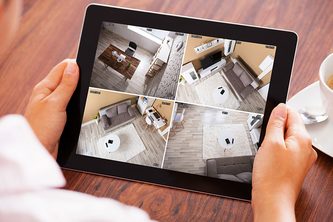CCTV systems can be difficult to install, so this guide provides detailed instructions on how to properly install a CCTV system. Before installing, it's important to decide where you want the camera to be. It is important to choose a central location for the DVR system as all cameras will be connected to the DVR.If you want your home to be safe and you look by smartphone ,then you can contact us for cctv camera installers.

It is also important to decide whether the installation requires an internet connection. This allows users to view the camera directly on their smartphone.
Surveillance cameras available at many security stores include both indoor and outdoor wired cameras that can be installed manually. The first step in installing a CCTV camera is deciding whether to use a ready-made BNC cable or a cable that you have to cut yourself.
Ready made video cables are the easiest to use and have two male video connectors. One end of the cable is connected to the DVR while the other end is connected to the camera. If you are using a cable that needs to be cut, you only need to cross each end.
The camera itself has two cables connected to the device. There are female and male endings. The female end is used for the video cable and the male end is used for the power cable. The male end of the camera is connected to the female end of the power connector of the BNC cable. The female end of the camera is connected to the male video end of the BNC cable.
The BNC cable should now have two free ends. There must be a male power connector and a male video connector. The male video cable connects to the video input on the back of the DVR, while the male power cable connects to the power supply.
Different types of power supplies can be used to connect the camera, e.g. B. Single-channel power supply, 4-channel power supply, 8-channel power supply and 16-channel power supply.
Each channel supports one camera, so a 4-channel power supply can support up to 4 cameras. However, it is sometimes recommended to purchase a separate power supply for each camera. This results in a more reliable system with fewer glitches and glitches.

